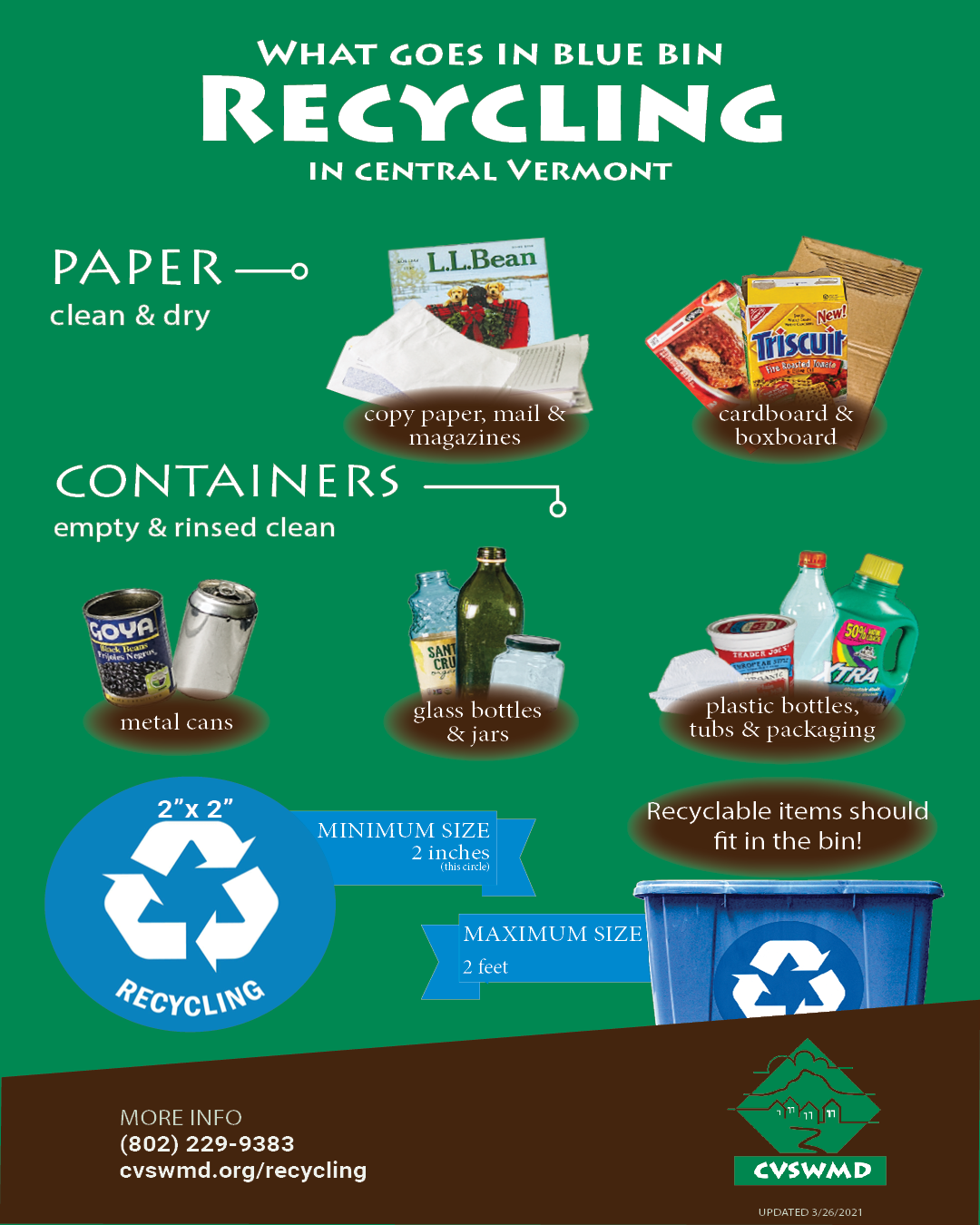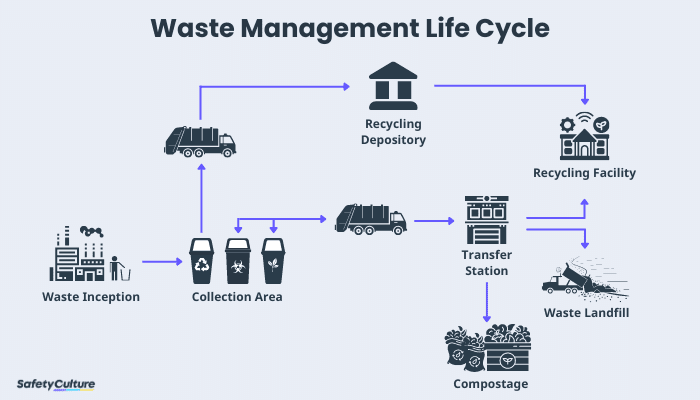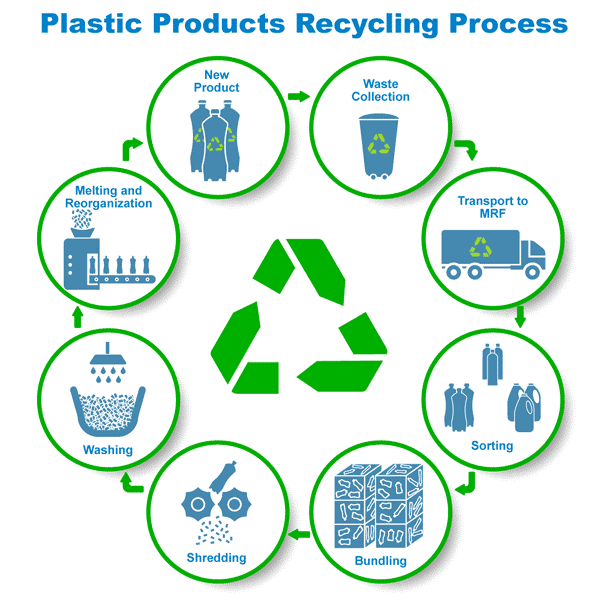Why Select Recycling Lives Services for Your Waste Monitoring Needs
Why Select Recycling Lives Services for Your Waste Monitoring Needs
Blog Article
Checking Out Various Sorts Of Waste in Modern Waste Administration Solution
The modern landscape of waste monitoring involves navigating an intricate range of waste types, each requiring specialized handling and disposal methods to reduce ecological effects. Metropolitan strong waste, unsafe waste, digital waste, and organic waste each present distinct difficulties and chances for resource recovery. Ingenious solutions such as smart waste bins and waste-to-energy modern technologies are becoming crucial devices in enhancing efficiency and sustainability. Understanding these waste types is important for cultivating public understanding and motivating active involvement in sustainable methods. What approaches can successfully resolve these different kinds of waste while promoting a circular economy?
Community Strong Waste
Local strong waste, commonly described as household garbage or trash, incorporates a selection of disposed of products produced by residential, commercial, and institutional resources within a community. This waste stream usually includes things such as product packaging, food scraps, yard trimmings, paper, plastics, fabrics, and discarded house goods. The management of municipal strong waste is an important component of city planning and public health and wellness, necessitating effective collection, transportation, and disposal systems.
Efficient waste management systems are developed to reduce ecological effect while maximizing resource recovery. Composting organic waste, such as food scraps and lawn trimmings, not only minimizes garbage dump use yet additionally produces valuable soil changes.
Districts have to also deal with the logistical and economic challenges related to waste management. Carrying out pay-as-you-throw systems, enhancing public understanding, and purchasing technology can significantly boost waste diversion prices. By integrating these techniques, communities can cultivate sustainable communities, reduce greenhouse gas emissions, and save natural deposits.
Hazardous Waste

Reliable contaminated materials administration entails several essential actions: recognition, segregation, treatment, and disposal. Identification involves the category of waste based upon its dangerous buildings. Partition guarantees that hazardous materials are kept independently from non-hazardous waste to prevent cross-contamination. Treatment techniques, such as chemical neutralization, incineration, and stabilization, are utilized to minimize the toxicity, quantity, or wheelchair of the waste. Disposal choices, including safe garbage dumps and below ground storage space, are selected to ensure lasting containment.
Governing structures, such as the Resource Preservation and Recuperation Act (RCRA) in the USA, give guidelines and standards for contaminated materials administration. Adherence to these policies, coupled with advancements in waste therapy technologies, is essential in mitigating the threats related to hazardous waste.
Digital Waste
Electronic waste, typically described as e-waste, represents a rapidly expanding challenge in waste management systems around the world. This sort of waste incorporates discarded electronic tools and devices such as smartphones, computer systems, televisions, and other digital home appliances. The rapid speed of technological innovation, coupled with lowering product life-spans and consumer need for the most recent gadgets, has actually significantly raised the volume of e-waste produced every year.
E-waste is specifically problematic because of its intricate composition, frequently having dangerous compounds like lead, cadmium, and mercury, which present significant environmental and wellness risks otherwise effectively handled. Alternatively, e-waste likewise consists of valuable products such as silver, copper, and gold, which can be recovered and reused. The twin nature Continue of e-waste-- both important and unsafe-- necessitates specialized handling, reusing, and disposal processes.
Efficient e-waste monitoring involves rigorous governing structures, durable collection systems, and advanced reusing modern technologies. Public recognition and participation are important, as inappropriate disposal methods, such as illegal discarding and casual recycling, worsen ecological contamination and health and wellness risks. Enhancing e-waste monitoring techniques is crucial for reducing ecological impact and recuperating valuable sources in a progressively digital globe.

Organic Waste
Organic waste, comprising cooking area scraps, lawn trimmings, and farming deposits, stands for a considerable portion of the global waste stream. This kind of waste is biodegradable, meaning it can be damaged down by microbes into simpler natural substances. In spite of its capacity for all-natural decay, inappropriate administration of organic waste can cause damaging environmental effects, including the exhaust of greenhouse gases such as methane, which add to environment change.
Reliable monitoring of natural waste is crucial for minimizing these environmental impacts (recycling lives services). Composting is an extensively taken on approach, transforming organic waste right into nutrient-rich garden compost that can boost soil health and wellness and agricultural performance. Additionally, anaerobic digestion is an arising innovation that transforms organic waste into biogas, a renewable resource source, and digestate, which can be utilized as plant food
Municipalities and waste management entities need to apply durable natural waste collection and treatment programs to make the most of the advantages of these processes. Public education projects can also play a crucial role in motivating homes and businesses to separate natural waste from other kinds of waste. By focusing on the management of organic waste, cultures can reduce garbage dump usage, lower greenhouse gas discharges, and produce useful results for farming usage.

Ingenious Waste Monitoring
In the world of waste monitoring, ingenious approaches are changing just how cultures handle their refuse, going for sustainability and effectiveness. These improvements incorporate a series of innovations and techniques that enhance reusing rates, lower garbage dump dependency, and lower environmental effect. One famous advancement is the try this web-site implementation of smart waste bins furnished with sensing units that keep track of fill levels and enhance collection paths. This not just reduces fuel usage however also minimizes greenhouse gas exhausts.
Another remarkable growth is the adoption of waste-to-energy (WtE) modern technologies. By converting non-recyclable waste right into usable energy with procedures such as incineration and anaerobic food digestion, WtE reduces landfill burden and provides a renewable power source. Additionally, developments in chemical recycling enable the malfunction of complicated plastics right into their original monomers, allowing the production of brand-new, premium plastic products.
Furthermore, the circular economic climate version is acquiring traction, emphasizing the layout of products and systems that prioritize reusability and source performance. This holistic method urges markets to reduce waste generation from the outset. Via these cutting-edge strategies, modern-day waste administration systems are not just resolving the prompt obstacles of garbage disposal however likewise leading the way for a much more sustainable future.
Final Thought
A why not find out more thorough understanding of metropolitan solid waste, hazardous waste, electronic waste, and organic waste, combined with the application of ingenious waste monitoring options, is imperative for minimizing environmental impacts. Incorporating technologies such as smart waste containers and waste-to-energy systems can improve efficiency and sustainability. Reliable waste management techniques not only foster resource healing yet additionally advertise public awareness and engagement, ultimately adding to the advancement of a round economic situation.
The contemporary landscape of waste administration entails browsing a complicated array of waste kinds, each calling for specialized handling and disposal methods to reduce ecological influences. Metropolitan solid waste, dangerous waste, digital waste, and natural waste each present distinct challenges and opportunities for source healing.Electronic waste, typically referred to as e-waste, represents a rapidly expanding challenge in waste management systems globally. Through these innovative strategies, modern-day waste monitoring systems are not just attending to the instant challenges of waste disposal but likewise leading the means for a more sustainable future.
An extensive understanding of local strong waste, harmful waste, electronic waste, and natural waste, coupled with the implementation of cutting-edge waste monitoring solutions, is essential for minimizing ecological impacts. (recycling lives services)
Report this page